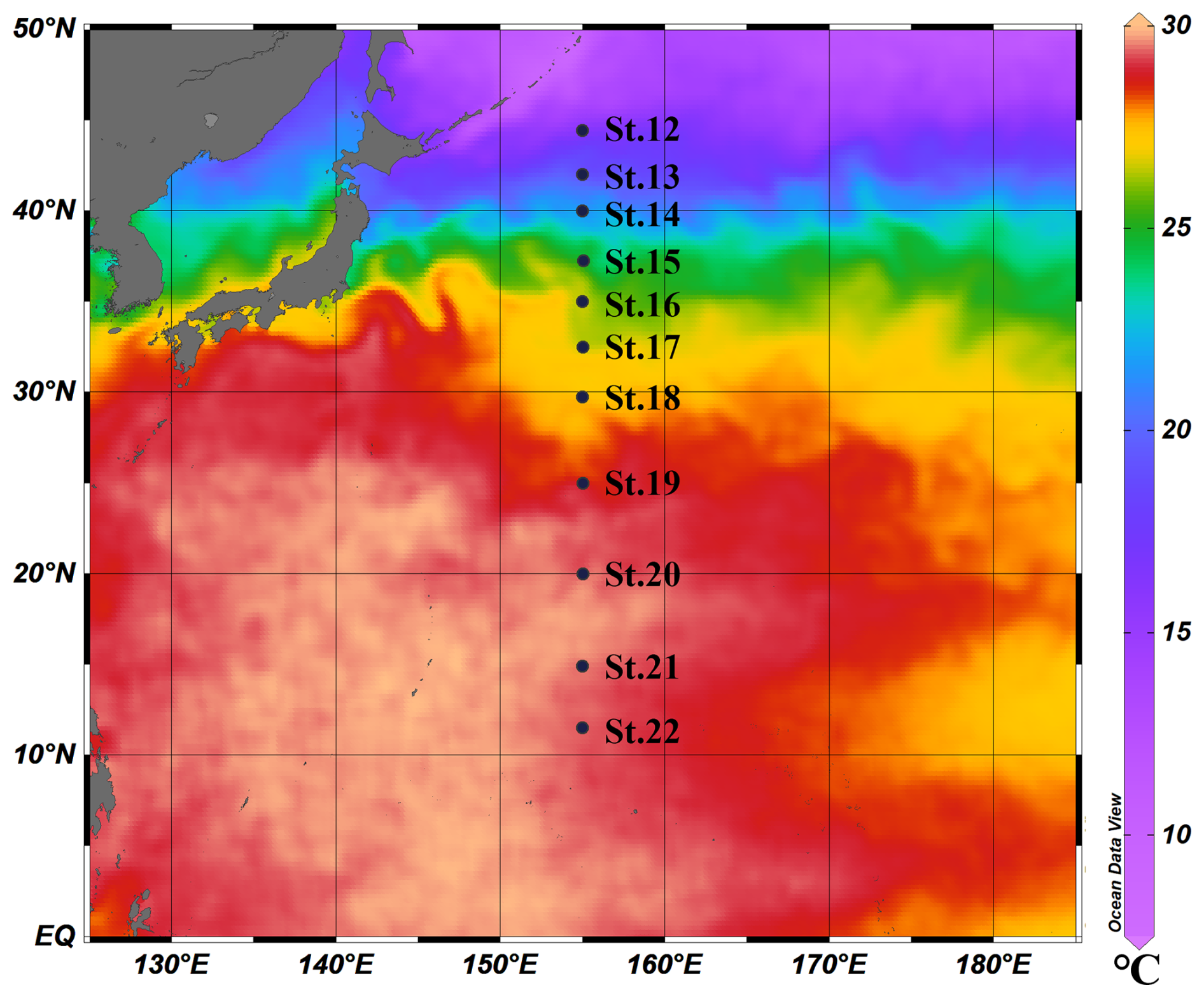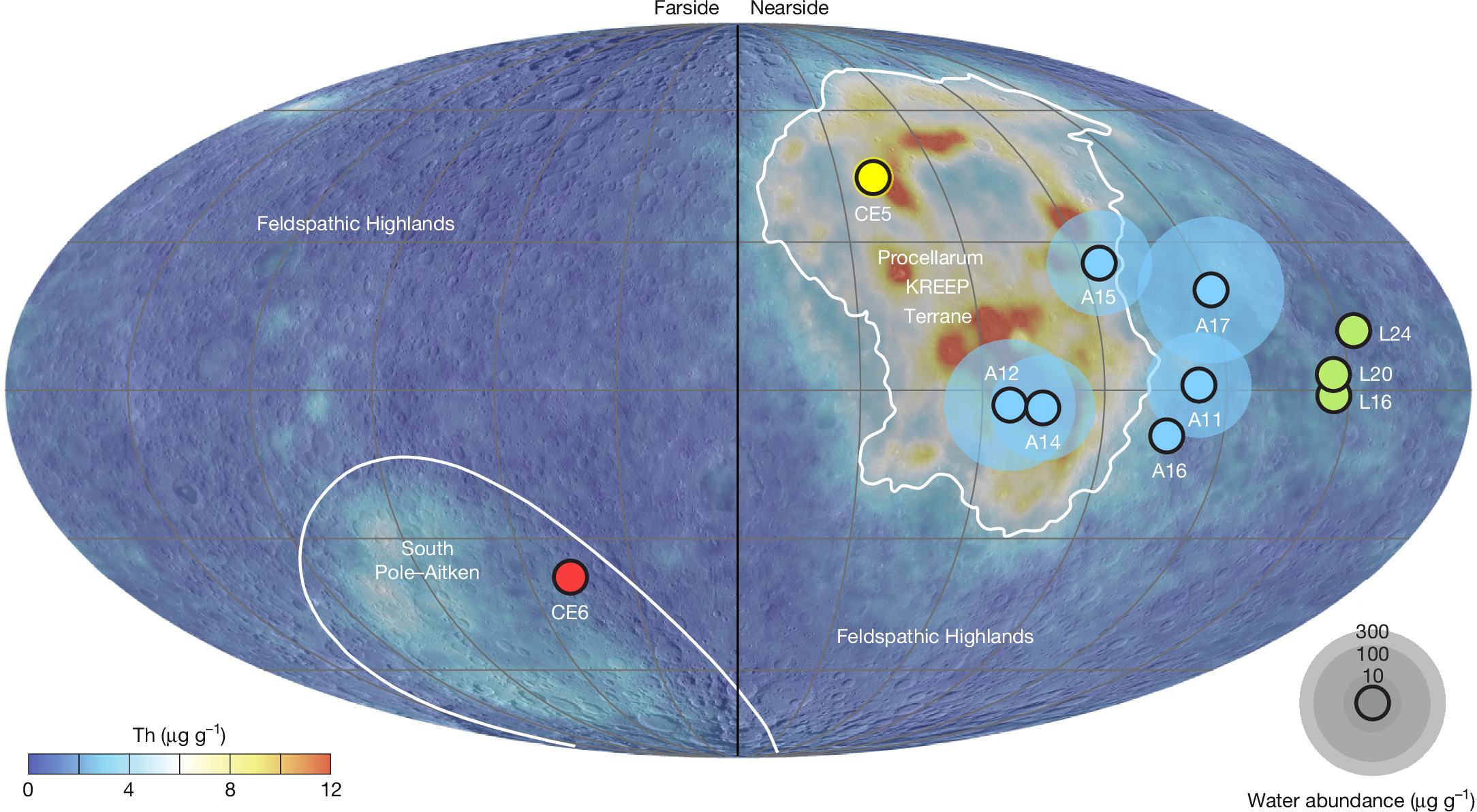2025-04-09 スイス連邦工科大学ローザンヌ校(EPFL)
 Strain-induced Rb incorporation boosts open-circuit voltage in wide bandgap perovskite solar cells. Credit: Zheng et al 2025. DOI: 10.1126/science.adt3417
Strain-induced Rb incorporation boosts open-circuit voltage in wide bandgap perovskite solar cells. Credit: Zheng et al 2025. DOI: 10.1126/science.adt3417
<関連情報>
- https://actu.epfl.ch/news/strain-trick-improves-perovskite-solar-cells-effic/
- https://www.science.org/doi/10.1126/science.adt3417
ワイドバンドギャップペロブスカイトへの歪み誘起ルビジウム導入による光電圧損失の低減 Strain-induced rubidium incorporation into wide-bandgap perovskites reduces photovoltage loss
Likai Zheng, Mingyang Wei, Felix T. Eickemeyer, Jing Gao, […], and Michael Grätzel
Science Published:3 Apr 2025
DOI:https://doi.org/10.1126/science.adt3417
Editor’s summary
Cooperative lattice contraction created by small chlorine and rubidium ions allows the formation of a stable wide-bandgap perovskite for use in tandem solar cells. The small size of rubidium cations usually prevents formation of the perovskite phase, but Zheng et al. showed that the strain induced with added chlorine prevents phase segregation of the rubidium and cesium cations in the perovskite and creates a phase with a wide band gap (1.67 electron volts). A perovskite solar cell had an open-circuit voltage of 1.3 volts, 93.5% of the radiative open-circuit voltage limit. —Phil Szuromi
Abstract
A-site cation mixing can enhance the photovoltaic performance of a wide-bandgap (WBG) perovskite, but rubidium (Rb) cation mixing generally forms a nonperovskite phase. We report that lattice strain locks Rb ions into the α-phase of the lattice of a triple-halide WBG perovskite, preventing phase segregation into a nonperovskite Rb-cesium–rich phase. This process cooperates with chloride accommodation and promotes halide homogenization across the entire film volume. The resulting 1.67–electron volt WBG perovskite exhibits photoluminescence quantum yields exceeding 14% under 1-sun-equivalent irradiation, corresponding to a quasi–Fermi level splitting of ~1.34 electron volts. A WBG perovskite solar cell with an open-circuit voltage (VOC) of 1.30 volts was prepared, corresponding to 93.5% of the radiative VOC limit and representing the lowest photovoltage loss relative to the theoretical limit observed in WBG perovskites.



